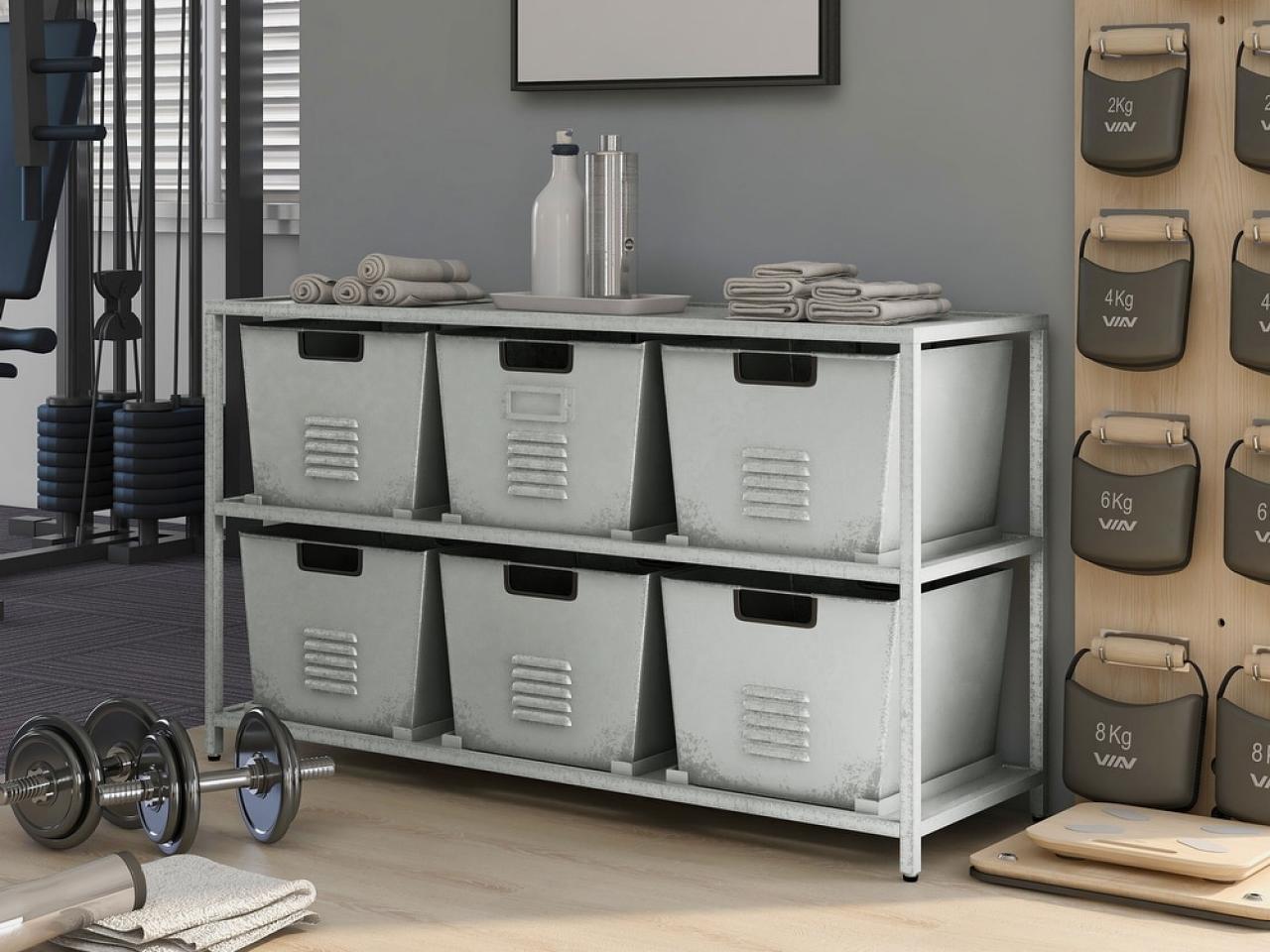

Articles
How To Store Weights In Living Room
Modified: January 7, 2024
Discover practical tips and creative ideas for storing weights in your living room with our helpful articles.
(Many of the links in this article redirect to a specific reviewed product. Your purchase of these products through affiliate links helps to generate commission for Storables.com, at no extra cost. Learn more)
Introduction
Welcome to the comprehensive guide on how to store weights in your living room. If you are a fitness enthusiast or someone who enjoys working out at home, having weights readily accessible is essential. However, finding a suitable storage solution that keeps your living space tidy and organized can be a challenge.
Cluttered living rooms not only hinder your ability to focus and relax, but they can also be a safety hazard. Storing weights properly not only ensures a clean and organized living space, but also prolongs the lifespan of your equipment.
In this article, we will explore various storage options that are both functional and aesthetically pleasing. We will cover everything from simple storage bins and containers to utilizing furniture and creating a dedicated weight storage space. By the end of this guide, you will have the knowledge to set up a well-organized weight storage area in your living room, enabling you to maintain a neat and inviting space while never missing a workout.
Key Takeaways:
- Create a dedicated weight storage area in your living room to keep your space organized and visually appealing. Utilize furniture, wall-mounted solutions, and labeling systems for an efficient and personalized storage setup.
- Maintain a clutter-free living room with weights by implementing a cleaning routine, organizing accessories, and regularly decluttering. Establish rules with household members and enjoy a tidy space for both relaxation and workouts.
Read more: How To Store Living Room Blankets
Decluttering the Living Room
Before diving into the specifics of weight storage, it’s crucial to start with decluttering your living room. Removing any unnecessary items and creating a clean and open space will make it easier to set up an organized weight storage area.
Start by evaluating the items in your living room and determine what can be removed or relocated. Consider donating or selling any furniture or decorations that no longer serve a purpose. Clearing out the excess not only creates space for your weight storage, but it also provides a sense of tranquility and openness.
Once you’ve identified what needs to be removed, create separate piles for items you plan to keep, discard, donate, or sell. This process allows you to assess the items you want to keep and determine the best storage solutions for each category.
Be sure to also declutter any existing storage areas in your living room, such as shelves or cabinets. Remove any items that are not used frequently or are unrelated to your weight training equipment. This will free up space for your weights and prevent them from getting mixed up with other belongings.
Invest in functional storage solutions, such as storage baskets or boxes, to keep smaller items organized. Utilize wall-mounted hooks or hangers for items like resistance bands or lifting belts.
Remember, the goal is to create a clutter-free environment that not only allows for efficient weight storage but also promotes a sense of calm and relaxation in your living space.
Choosing the Right Storage Option
When it comes to storing weights in your living room, selecting the right storage option is key. There are various factors to consider, such as the amount of space available, the type and size of weights you have, and your personal preferences in terms of aesthetics and accessibility.
Here are some popular storage options to consider:
- Storage Bins and Containers: If you have a small collection of weights, storing them in storage bins or containers is a convenient and practical solution. Look for bins that are durable and have handles for easy transportation. Arrange the weights by type or weight size and label the bins accordingly for quick access.
- Wall-Mounted Storage Solutions: Utilizing wall space is a smart way to store weights while keeping the floor clear. Wall-mounted racks or shelves can hold dumbbells, kettlebells, or weight plates. Ensure the racks are sturdy and securely attached to the wall. This option not only saves space but also adds a visually appealing element to your living room.
- Utilizing Furniture for Storage: If you have an existing storage furniture piece in your living room, such as a sideboard or media console, you can repurpose it for weight storage. Clear out any unnecessary items and use the shelves or drawers to neatly arrange your weights. This option allows for discreet storage while blending seamlessly with your existing furniture.
- Creating a Dedicated Weight Storage Space: For those with larger weight collections or dedicated workout spaces in their living room, consider setting up a dedicated weight storage area. This could involve purchasing a weight rack or bench with integrated storage options for various weights. A dedicated space ensures that your weights are easily accessible and organized, inspiring you to stay committed to your fitness routine.
Remember to consider factors like accessibility, aesthetics, and the ability to expand your storage solution as your weight collection grows. Additionally, consider the layout and flow of your living room to ensure that the storage option you choose does not hinder movement or create visual clutter.
Setting Up a Weight Storage Area
Once you have chosen the right storage option for your living room, it’s time to set up a designated weight storage area. This will help keep your weights organized and easily accessible whenever you need them.
Here are some steps to follow when setting up your weight storage area:
- Clean and Prepare the Area: Clear any clutter or furniture from the designated area where you plan to set up your weight storage. This will create a clean and open space to work with.
- Measure and Plan: Measure the dimensions of the storage area to ensure that your chosen storage option fits comfortably. Consider how much space you will need to accommodate the weights you have and any future additions to your collection.
- Assemble or Position the Storage Solution: If your chosen storage option requires assembly, follow the manufacturer’s instructions to set it up properly. If using furniture for storage, position it in the desired location, ensuring that it is stable and secure.
- Arrange the Weights: Begin organizing your weights within the storage area. Depending on your chosen storage option, you may arrange them in bins, on shelves, or on weight racks. Group similar weights together and consider organizing them by size or type for easy retrieval.
- Create a System: Implement a labeling system to easily identify and locate specific weights. Label bins or shelves according to weight size or type, ensuring that each weight has a designated spot.
- Add Any Accessories: If you have weight accessories such as resistance bands or lifting straps, find a designated space for them within the storage area. Utilize hooks or storage compartments to keep them organized and easily accessible.
By following these steps, you will have a well-organized weight storage area in your living room. This will not only keep your space tidy but also make it more convenient for you to retrieve and put away your weights as needed.
Wall-Mounted Storage Solutions
Wall-mounted storage solutions are a popular option for storing weights in the living room. Not only do they allow you to maximize vertical space, but they also add a visually appealing element to your home gym setup. Here are some wall-mounted storage options to consider:
- Dumbbell Racks: Dumbbell racks are designed specifically to hold dumbbells of various sizes and shapes. They typically feature multiple tiers or shelves, providing easy access and organization for your dumbbells. Look for racks with sturdy construction and sufficient weight capacity to accommodate your collection.
- Kettlebell Shelves: Kettlebells can be stored on specially designed shelves that feature lip edges to prevent them from rolling off. These shelves are usually wall-mounted and come in various sizes to accommodate different kettlebell weights. Consider placing them at a convenient height for easy retrieval and storage.
- Weight Plate Trees: Weight plate trees are ideal for storing weight plates of different sizes. They feature posts or pegs where you can stack your weight plates, allowing for easy organization and accessibility. Look for trees with a wide base for stability, especially if you have a substantial collection of weight plates.
- Barbell Wall Mounts: If you have a barbell or two, consider installing barbell wall mounts. These mounts secure the barbells horizontally against the wall, keeping them off the floor and out of the way. Ensure that the mounts are installed securely to prevent any accidents or damage to your barbells.
When installing wall-mounted storage solutions, consider the weight capacity and structural integrity of your wall. Make sure to follow the manufacturer’s instructions for proper installation and use appropriate hardware. It’s a good idea to consult a professional if you have any concerns about the stability and safety of your wall-mounted storage.
Wall-mounted storage solutions not only provide a practical storage option but also add a decorative touch to your living room. They can enhance the overall aesthetics of your space, creating a visually pleasing home gym atmosphere.
Remember to regularly inspect the mounts or racks for any signs of wear or damage. This will ensure that your weights are securely stored and readily available for your workouts. Stay organized and enjoy the convenience that wall-mounted storage solutions offer.
Read more: How To Store Pillows In Living Room
Storage Bins and Containers
Storage bins and containers are versatile and practical solutions for storing weights in your living room. They come in various sizes, styles, and materials, making it easy to find options that suit your needs and preferences. Here are some key considerations when using storage bins and containers for weight storage:
Size and Capacity: Choose storage bins or containers that can accommodate your weights comfortably. Consider the size and weight of your weights, as well as any future additions you may make to your collection. Ensure that the bins have enough capacity to prevent overcrowding and allow for easy access.
Durability: Opt for storage bins or containers made from sturdy materials that can withstand the weight and usage of your weights. Look for options with reinforced corners or handles for added durability. This ensures that your bins will hold up over time, even with frequent handling.
Accessibility: Consider the accessibility of your weights within the bins or containers. Look for options with open-top designs or ones that feature easy-to-open lids. This allows for quick retrieval and hassle-free storage of your weights.
Labeling and Organization: Implement a labeling system to ensure that you can easily identify the contents of each bin or container. Label them according to weight type, size, or any other classification that makes sense for your collection. This will save you time and effort when locating specific weights.
Stackability: If you have limited floor space, look for storage bins or containers that are stackable. This allows you to maximize vertical storage and create a neat and organized display of your weights. Ensure that the bins are stable when stacked and won’t topple over easily.
Design and Aesthetics: Consider the design and aesthetics of the storage bins or containers. Opt for options that complement your living room décor, or choose transparent bins to showcase your weights in a visually appealing way. This allows your weight storage to blend seamlessly into your living room environment.
When utilizing storage bins and containers, it’s important to keep them in a designated area to maintain organization. Reserve a section of your living room for weight storage and arrange the bins in a logical order. Consider grouping similar weights together or organizing them by size for easy access.
Regularly assess your storage bins or containers for any signs of wear and tear. Replace any damaged bins to ensure the safety and longevity of your weights. By utilizing storage bins and containers, you not only keep your weights organized but also protect them from dust and potential damage.
With an array of options available, storage bins and containers provide a practical and flexible solution for weight storage in your living room. Get creative with your organization and enjoy a clutter-free space that inspires you to stay committed to your fitness goals.
Consider using a storage ottoman or bench to store weights in your living room. This provides a convenient and discreet way to keep your weights accessible for workouts while keeping your living space organized.
Utilizing Furniture for Storage
When it comes to storing weights in your living room, one clever and space-saving option is to utilize your existing furniture for storage purposes. This allows you to seamlessly incorporate weight storage into your living room decor. Here are some ideas for utilizing furniture for weight storage:
Sideboards or Buffets: If you have a sideboard or buffet in your living room, consider using it to store your weights. Clear out the shelves or drawers and repurpose them for weight storage. You can neatly arrange your weights on the shelves, keeping them organized and easily accessible. Consider using dividers or baskets to keep smaller weights or accessories separate.
Media Consoles: Media consoles typically have a combination of open shelves and closed cabinets. Use the shelves to display your weights, creating an attractive visual display while keeping them within reach. Place heavier weights on the lower shelves and lighter ones on the higher ones. Utilize the cabinets to store any weight accessories or smaller weights that you want to keep hidden from view.
Coffee Tables or Ottomans: If your living room has a coffee table with storage space or an ottoman with a removable top, you can use these pieces to store smaller weights or accessories. Place adjustable dumbbells, resistance bands, or smaller weight plates inside the storage compartment. This option allows for convenient access to your weights while also serving as functional furniture in your living room.
Bookshelves: Bookshelves are another versatile piece of furniture that can be repurposed for weight storage. Dedicate one or more shelves to showcase your weights in an organized and eye-catching display. Group similar weights together and consider placing them in decorative baskets or bins to enhance the visual appeal. This option allows you to integrate weight storage seamlessly with your book collection.
Storage Benches: If you have a storage bench in your living room, you can use it to store smaller weights or weight accessories. Open the bench and arrange the weights neatly inside, taking advantage of the hidden storage compartment. This option allows you to keep your weights out of sight while also providing additional seating or storage in your living room.
When utilizing furniture for weight storage, make sure the furniture pieces are sturdy enough to support the weight. Avoid overloading shelves or drawers and ensure that the weight is distributed evenly. Regularly inspect the furniture for any signs of wear or damage to ensure the safety and longevity of both your weights and furniture.
By utilizing existing furniture for weight storage, you not only save space but also create a cohesive and functional living room environment. It’s a creative way to integrate your fitness equipment seamlessly into your living space, making it more inviting and organized.
Creating a Dedicated Weight Storage Space
If you have a larger weight collection or want to create a more dedicated space for weight storage in your living room, consider setting up a dedicated weight storage area. This allows you to have a designated space solely for your weights, making organization and access more efficient. Here’s how you can create a dedicated weight storage space:
Choose the Ideal Spot: Select a corner or area of your living room that can be dedicated to weight storage. It should be easily accessible and provide enough space to accommodate your entire weight collection. Consider the layout and flow of the room to ensure that the storage area does not obstruct movement or create visual clutter.
Invest in a Weight Rack or Bench: To create an organized and visually appealing weight storage space, invest in a weight rack or bench with integrated storage options. These specialized pieces of equipment often feature multiple tiers, hooks, or compartments to hold different types of weights securely. Look for a weight rack or bench that matches the style and aesthetic of your living room.
Arrange the Weights: Once you have your weight rack or bench in place, start arranging your weights. Group similar weights together and place them on the appropriate shelves, hooks, or compartments. Consider organizing them by type, size, or weight for easy retrieval. This will create a neat and structured display, allowing you to quickly locate and grab the weights you need for your workouts.
Clear Surrounding Area: Clear the surrounding area of your weight storage space to ensure easy access and a clutter-free environment. Remove any unnecessary furniture or decor that might hinder movement or distract from the purpose of the storage space. This will help create a dedicated and focused area for your weights.
Add Extra Functional Elements: Consider adding additional functional elements to enhance your dedicated weight storage space. Install a large mirror on the wall nearby, allowing you to check your form and technique while working out with the weights. Place a workout mat or exercise ball nearby for added convenience. These extra elements will make your weight storage space feel more like a mini home gym.
Maintain Order and Cleanliness: Once your dedicated weight storage space is set up, make sure to maintain order and cleanliness. Return weights to their designated spots after each use and regularly dust or clean the storage area to keep it looking its best. This will ensure that your weights remain easily accessible and prolong the lifespan of your equipment.
Creating a dedicated weight storage space in your living room not only keeps your weights organized but also adds a sense of purpose and motivation to your fitness routine. It serves as a constant reminder of your commitment to health and well-being and provides a designated area for you to focus on your workouts.
Take the time to set up and personalize your dedicated weight storage space. It will not only enhance the functionality of your living room but also contribute to a more enjoyable and efficient fitness experience.
Organizing and Labeling Your Weights
Once you have chosen a storage solution for your weights in the living room, it’s important to focus on organizing and labeling them. A well-organized and labeled weight storage system not only helps you find the right weights quickly during your workouts but also ensures that they are returned to their proper place, keeping your living room tidy and organized. Here are some tips for organizing and labeling your weights:
Group Similar Weights Together: Start by grouping similar weights together. This can be done based on weight size, type of weight (dumbbells, kettlebells, etc.), or any other categorization that makes sense for your collection. By having distinct groups, you can easily locate the specific weights you need without searching through your entire collection.
Arrange Weights in a Logical Order: Within each group, arrange the weights in a logical order. This can be done by weight size, from smallest to largest or vice versa, or by any other order that suits your preferences. Having a systematic arrangement makes it easier to find the weights you need, especially when you have multiple options within the same weight category.
Use Labels: Labels are a great way to quickly identify and locate specific weights. Use adhesive labels or removable markers to label each weight or storage area. Include information such as the weight size, type, or any other relevant details. For example, if you have dumbbells of different weights, label each one with the corresponding weight value. This will prevent confusion and save time during your workouts.
Color-Coding: Consider using a color-coding system to further organize your weights. Assign specific colors to different weight categories or sizes. For example, you can designate blue for light weights, red for medium weights, and green for heavy weights. Use colored stickers, tape, or markers to mark each weight accordingly. This visual system helps to easily differentiate and locate the right weights at a glance.
Clear Labels or Tags: If using storage bins or containers, attach clear labels or tags to each container indicating the contents. This is especially useful if you have multiple bins or compartments for different weights. Clear labels allow you to quickly identify which container holds the specific weight or weight category you need.
Maintain Consistency: Consistency is key when it comes to organizing and labeling your weights. Ensure that you consistently follow the system you have set up and return each weight to its designated location after each use. This will help you maintain order and prevent your living room from becoming cluttered with misplaced weights.
By organizing and labeling your weights, you create a streamlined weight storage system that saves you time and ensures that your living room remains tidy. It allows for easy identification and retrieval of specific weights, enabling you to efficiently continue your workouts without searching or confusion.
Regularly review and reorganize your weight storage system as your collection grows or changes. This will help you adapt and optimize the organization to suit your needs. With a well-organized and labeled weight storage system, you can maintain an inviting living room while seamlessly integrating your fitness equipment into the space.
Read more: How To Store Blankets In Living Room
Maintaining a Tidy Living Room with Weights
While having weights in your living room can enhance your fitness routine, it’s important to prioritize maintaining a tidy living space. A cluttered living room can be visually overwhelming and make it difficult to relax and enjoy your surroundings. Here are some tips for keeping your living room tidy with weights:
Put Weights Away After Each Use: One of the simplest and most effective ways to maintain a tidy living room is to put your weights away after each use. Resist the urge to leave dumbbells or other equipment lying around. Return them to their designated storage area immediately. This not only keeps your living room neat but also prevents tripping hazards and potential damage to the weights or your furniture.
Implement a Cleaning Routine: Regularly clean your weight storage area and the surrounding living room space. Dust or wipe down the weight racks, benches, or storage bins to prevent the buildup of dust and debris. Vacuum or sweep the floor to remove any dirt or stray equipment particles. By incorporating weight storage into your cleaning routine, you ensure that your living room remains tidy and free of clutter.
Organize Accessories and Miscellaneous Items: In addition to the weights themselves, organize any weight accessories or miscellaneous items such as resistance bands, workout gloves, or yoga mats. Use designated containers or hooks to keep these items neatly stored and readily accessible. This prevents them from becoming scattered throughout the living room and creating unnecessary clutter.
Regularly Assess and Declutter: Take the time to regularly assess your weight collection and declutter any equipment or accessories that are no longer in use. This prevents your storage area from becoming overcrowded and allows you to maintain an organized space. Donate or sell equipment that you no longer need, creating more room for your essential weights.
Establish Rules with Other Household Members: If you share your living space with others, establish clear rules and expectations regarding the storage and maintenance of weights. Communicate the importance of tidiness and cooperation in keeping the living room clean. Encourage everyone to adhere to the established storage system and put weights away after use to maintain a clutter-free environment that benefits everyone.
Regular Maintenance and Reorganization: As your weight collection grows or changes, regularly assess the effectiveness of your weight storage system. Reorganize and adjust as needed to accommodate new equipment or improve functionality. This ensures that your living room remains optimized for both comfort and fitness, allowing you to enjoy your workouts in a clean and inviting space.
By implementing these tips, you can maintain a tidy living room even with weights present. A clutter-free environment not only promotes relaxation and well-being but also enhances the overall aesthetic of your living space. Enjoy the benefits of a clean and organized living room while pursuing your fitness goals.
Conclusion
Storing weights in your living room can be both practical and aesthetically pleasing, but it requires careful organization and thought. With the right storage options and techniques, you can keep your living room tidy while having quick access to your weights for your workouts. Throughout this guide, we have explored various strategies for storing weights in the living room successfully.
From decluttering the living room to choosing the right storage options, we have covered the key steps in creating an organized weight storage area. Whether you opt for storage bins and containers, wall-mounted solutions, or repurposing furniture for storage, each option has its merits and can be tailored to your needs and preferences.
Remember to take the time to properly arrange and label your weights, creating a system that allows for easy retrieval and an organized storage area. By maintaining consistency and returning the weights to their designated spots after each use, you will ensure that your living room remains neat and clutter-free.
Maintaining a tidy living room with weights also involves regular cleaning and decluttering. Incorporate weight storage into your cleaning routine and regularly assess your equipment to keep your living room looking its best.
By following these tips and maintaining an organized weight storage system, you can seamlessly integrate your fitness equipment into your living room without sacrificing style or functionality. Enjoy the convenience of having your weights readily accessible while maintaining a visually pleasing and inviting living space.
In the end, finding the right storage solution for your weights in the living room is a personalized process. Consider your space constraints, preferences, and the size of your weight collection. With some creativity and tailored organization, you can create a dedicated weight storage area that enhances your fitness routine and harmonizes with your living room décor.
So, take the necessary steps to store your weights effectively and maintain a tidy living room. By doing so, you will have a functional and visually appealing space that inspires you to stay committed to your fitness goals. Transform your living room into a motivating workout area and enjoy the benefits of having your weights easily accessible whenever you need them.
Frequently Asked Questions about How To Store Weights In Living Room
Was this page helpful?
At Storables.com, we guarantee accurate and reliable information. Our content, validated by Expert Board Contributors, is crafted following stringent Editorial Policies. We're committed to providing you with well-researched, expert-backed insights for all your informational needs.
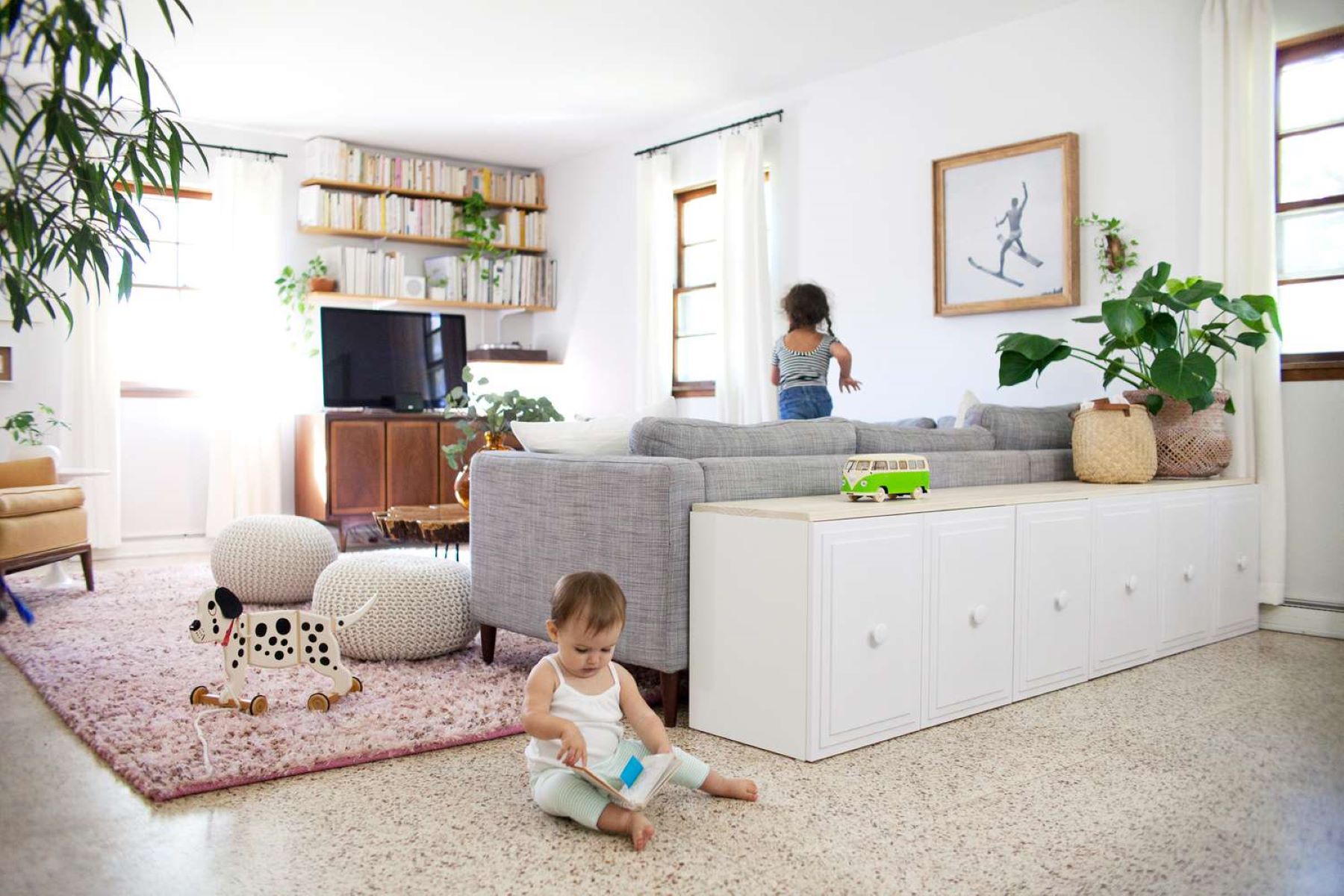
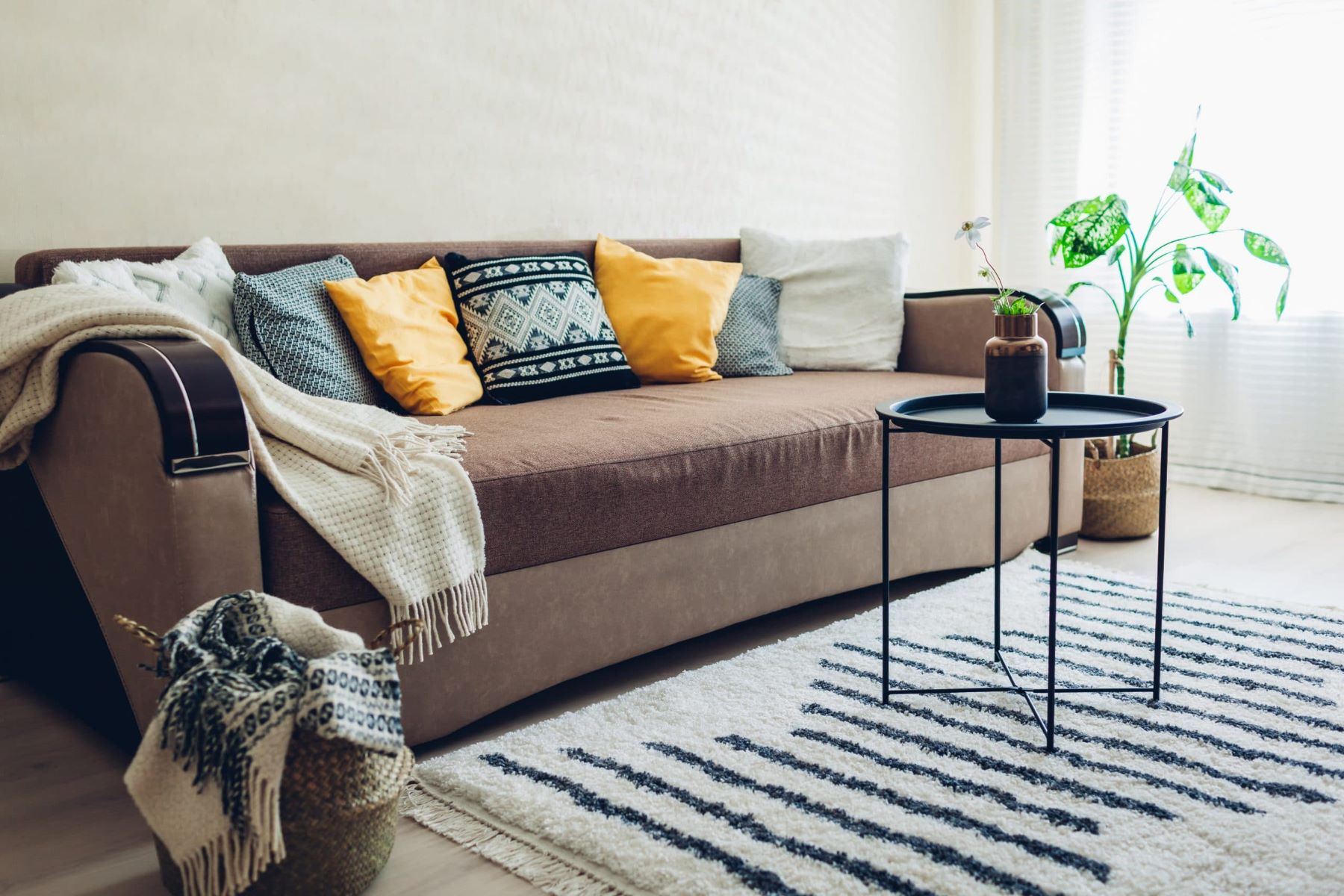
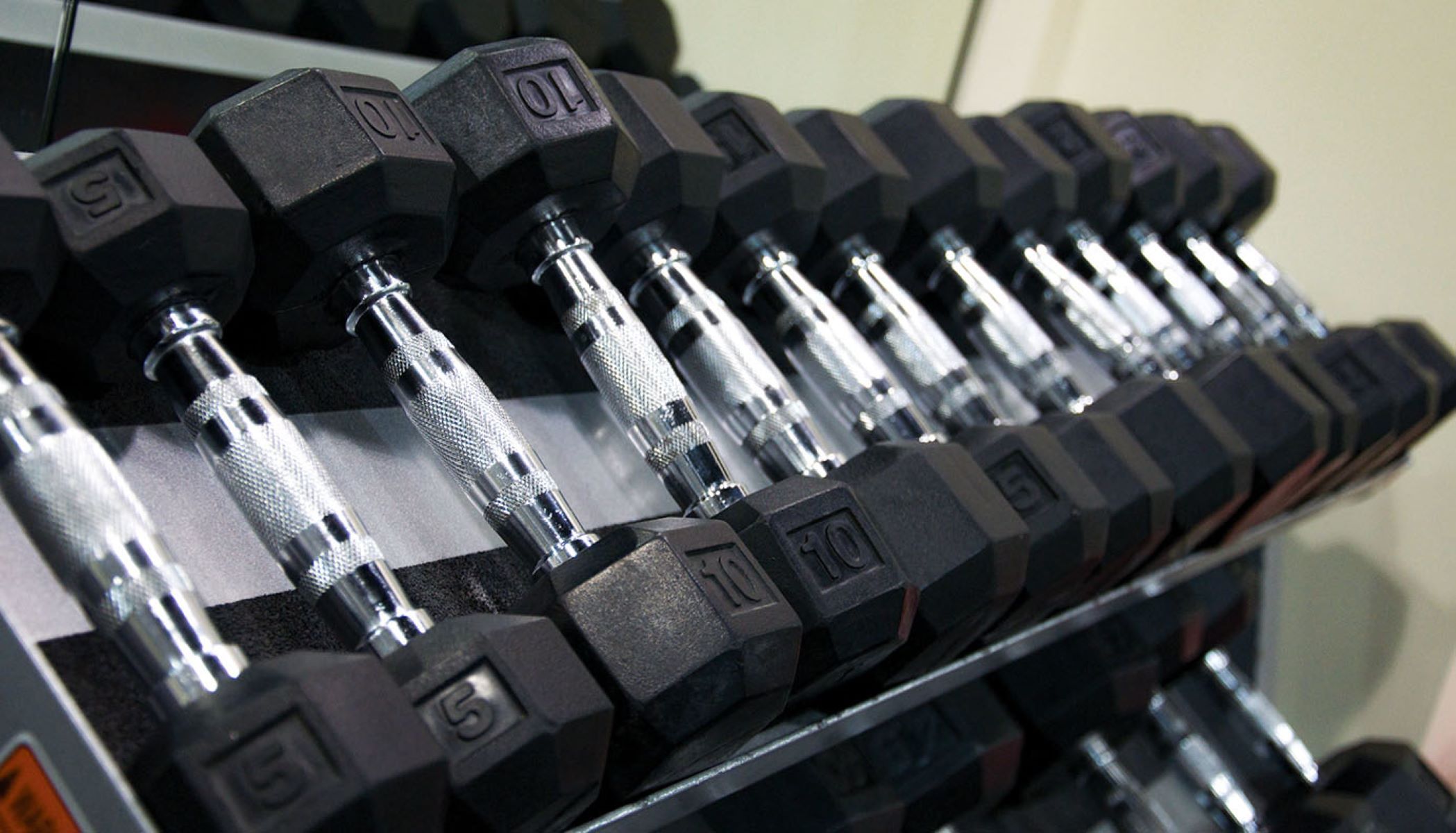
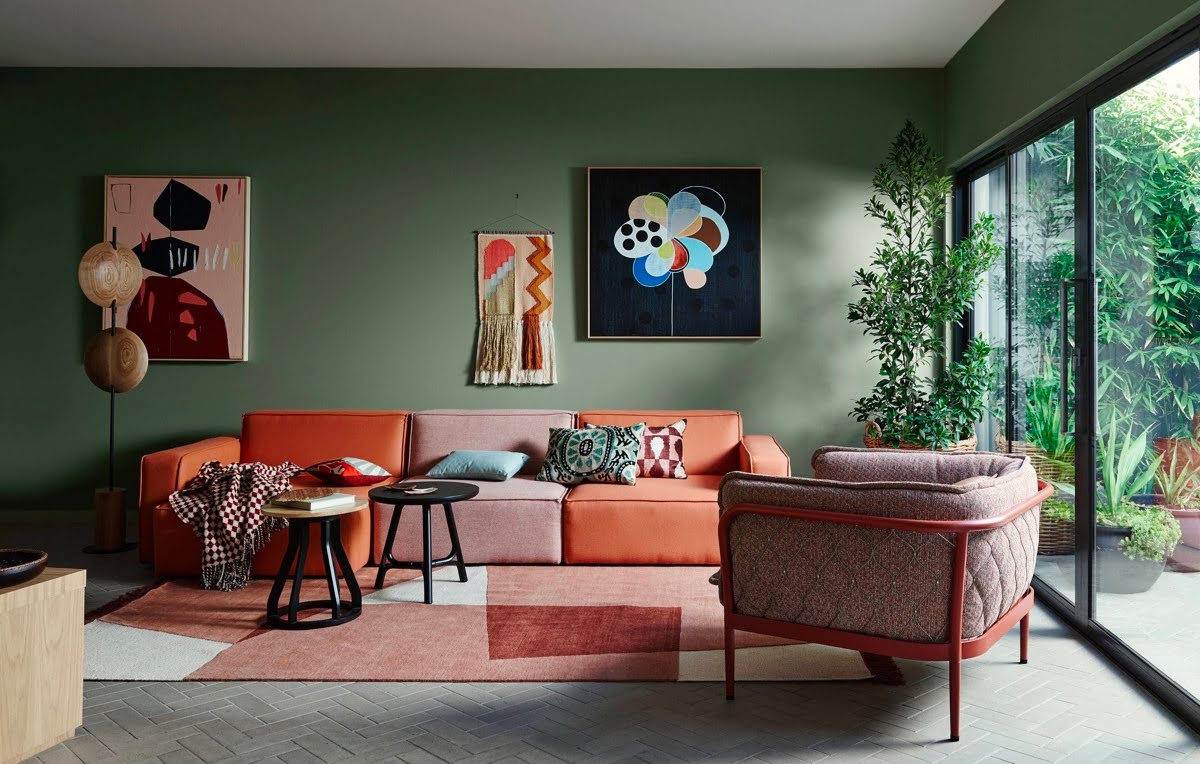
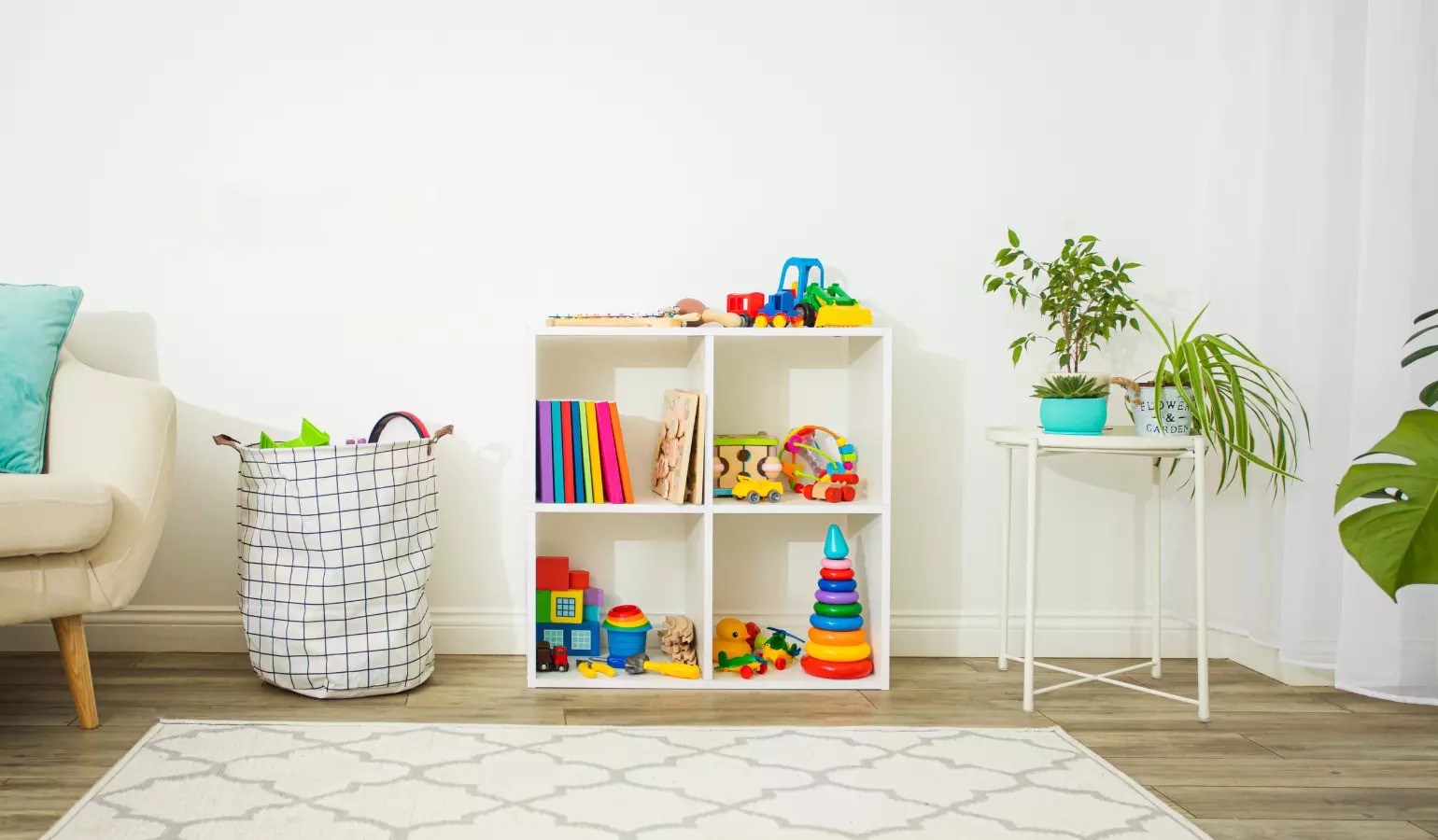
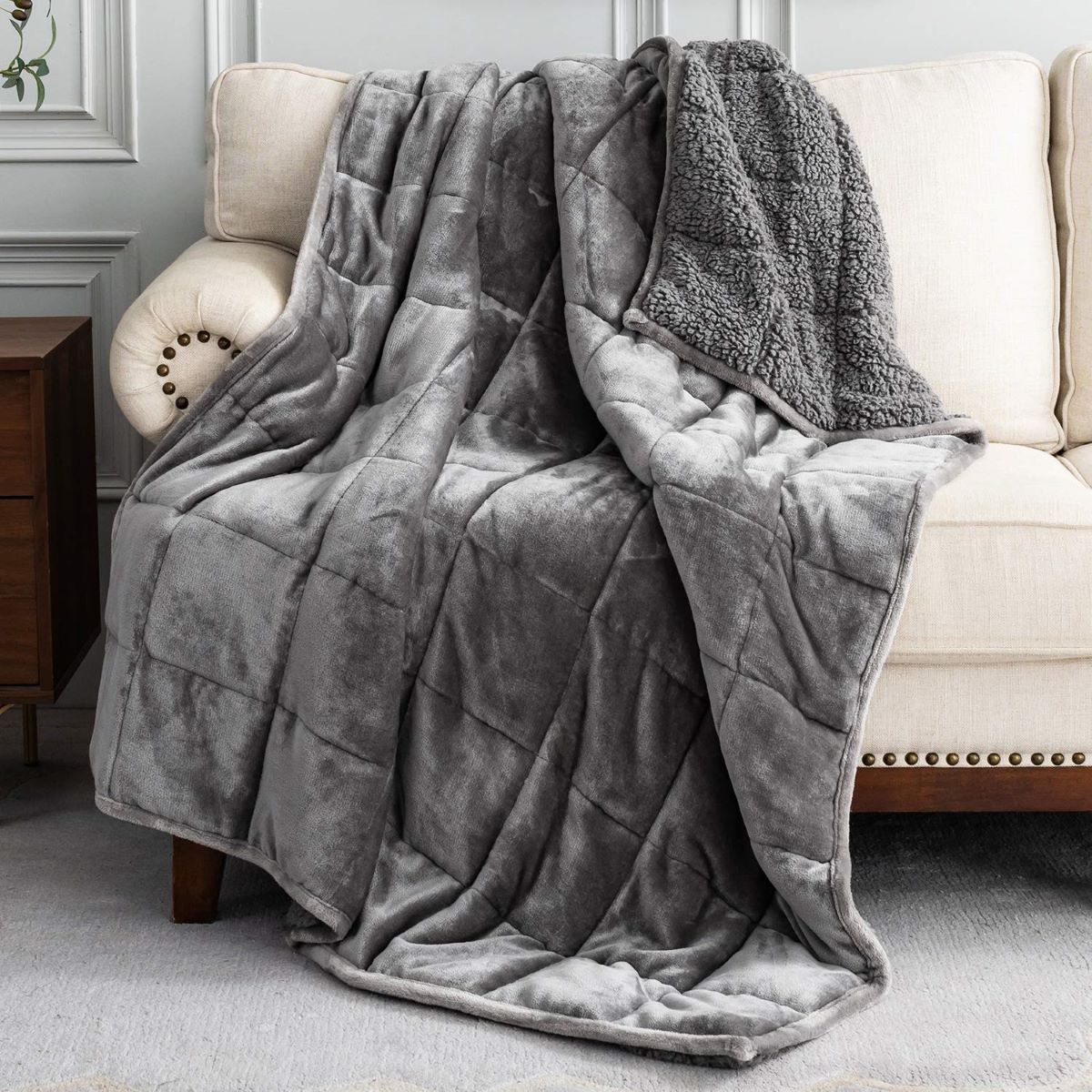
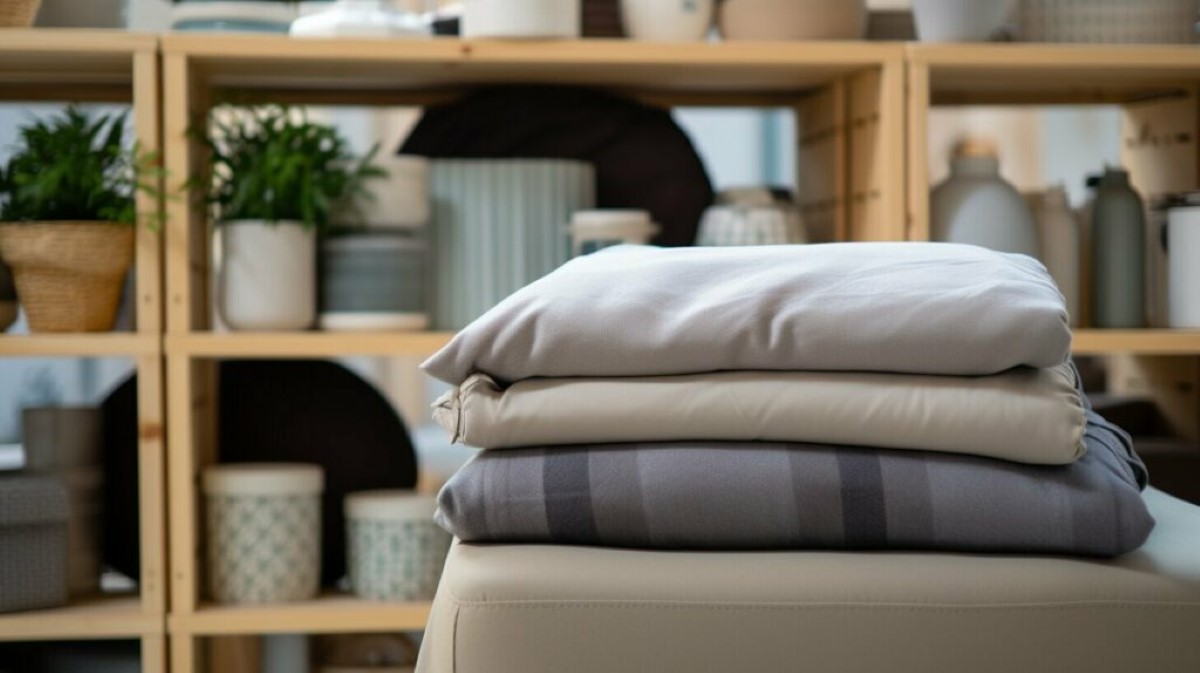


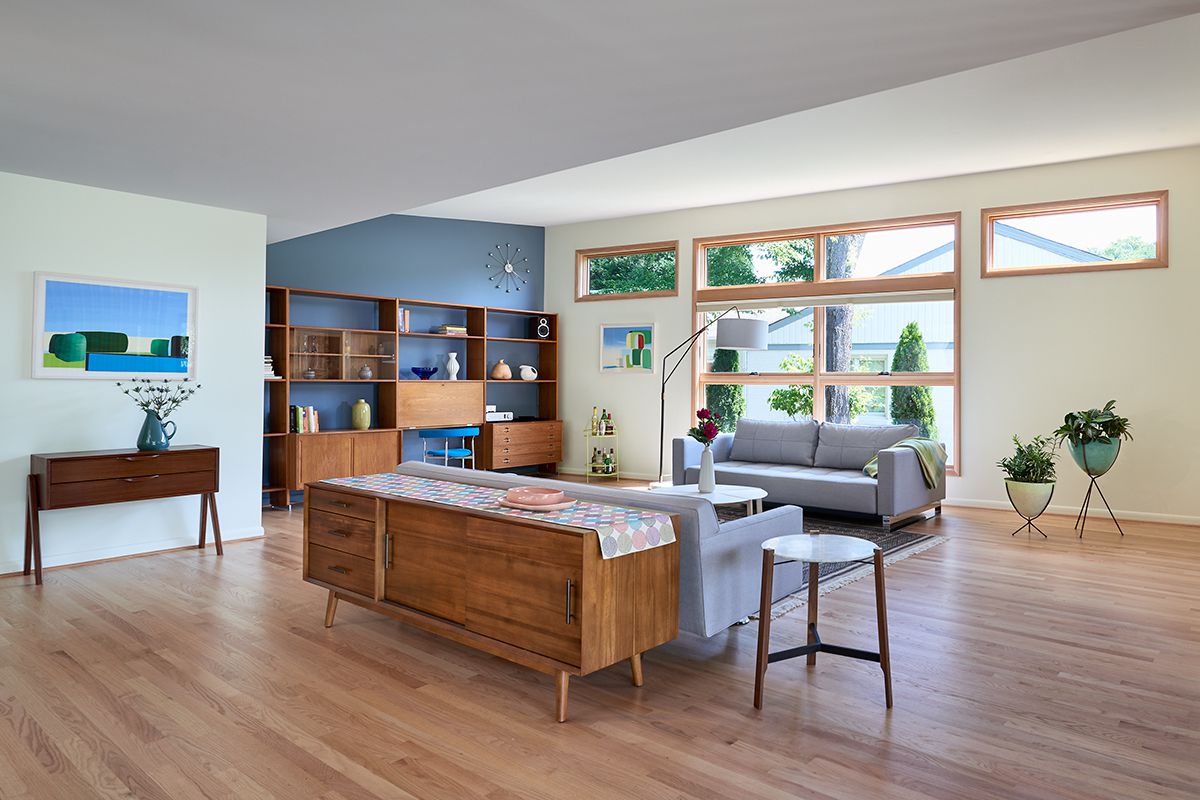
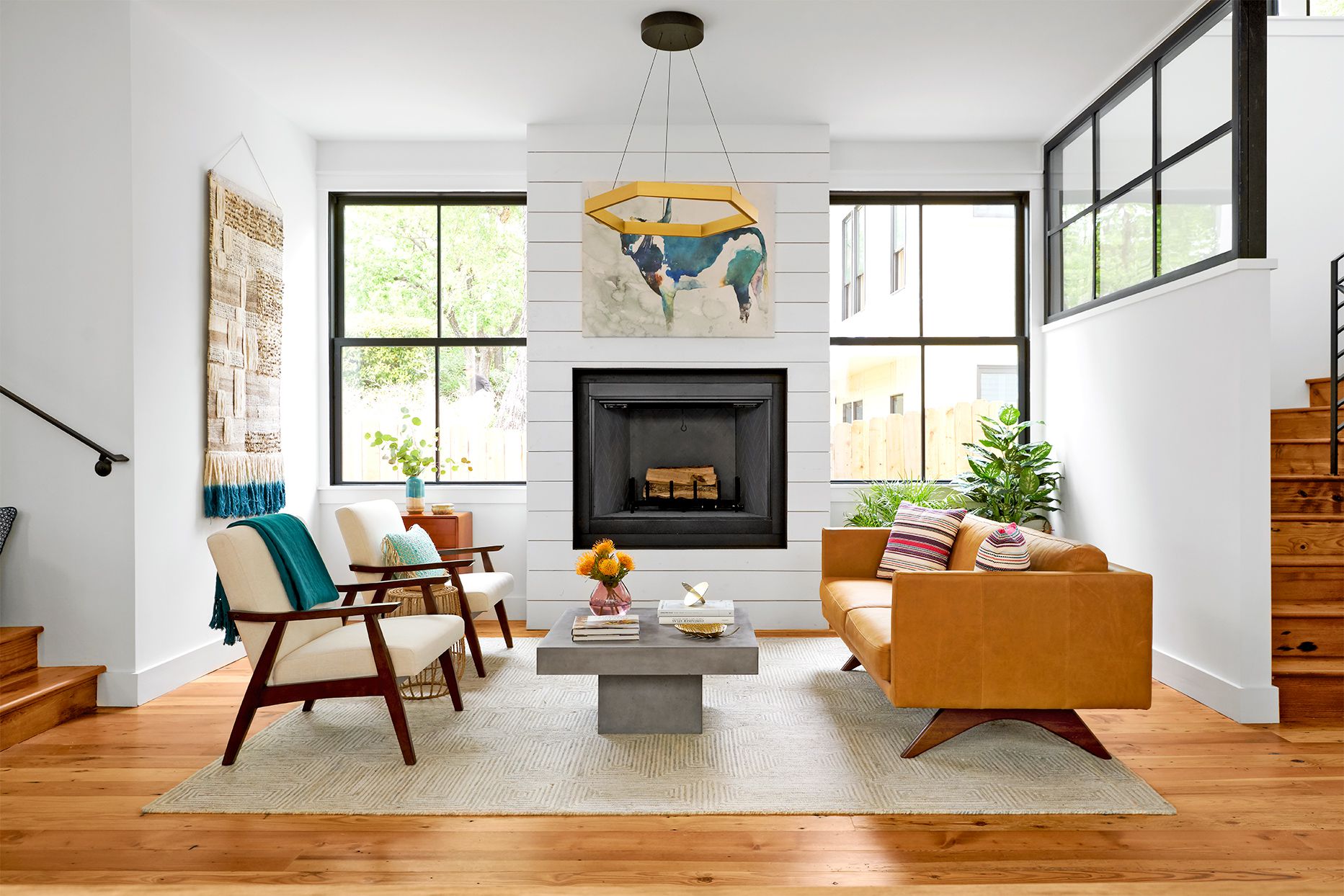
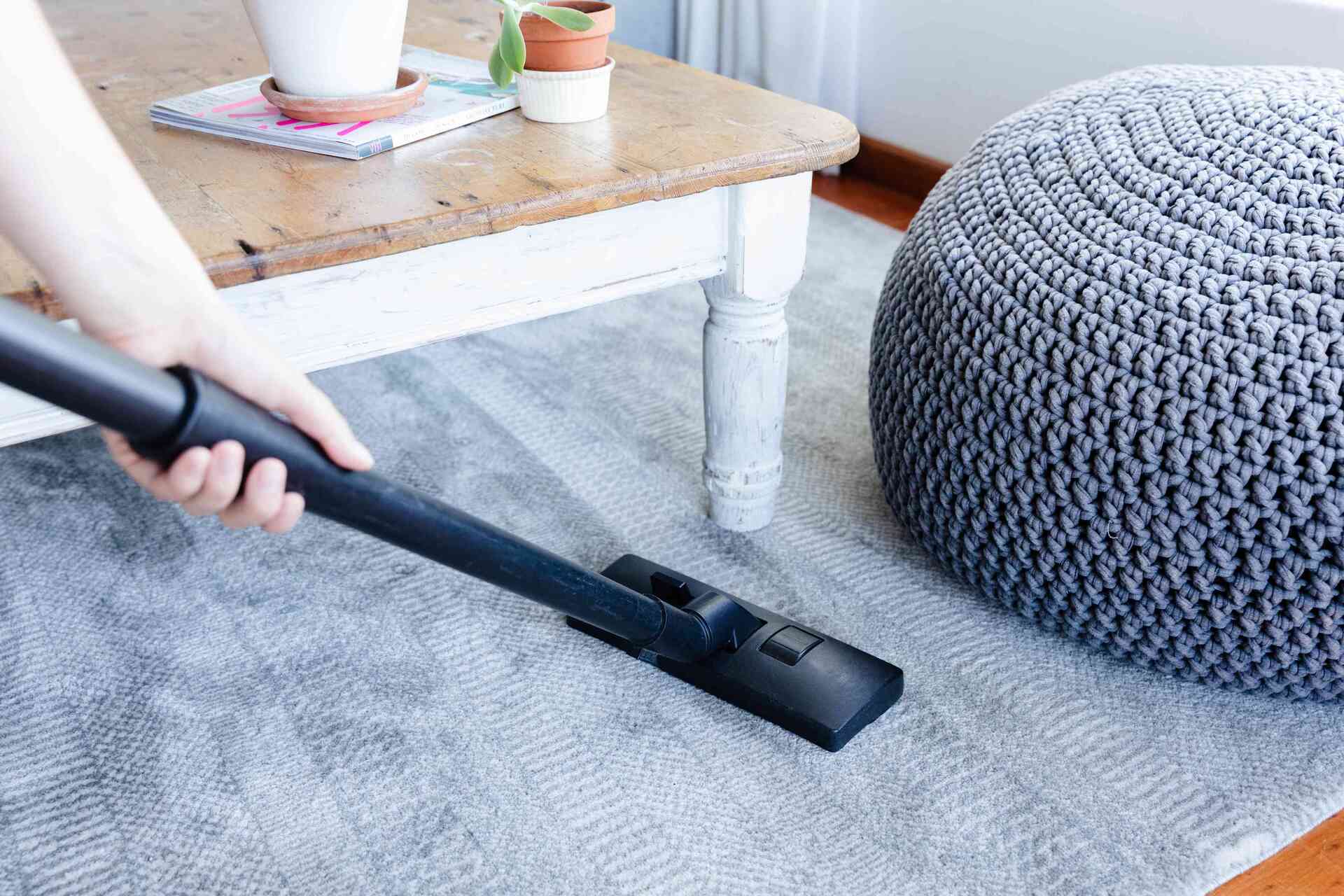


0 thoughts on “How To Store Weights In Living Room”